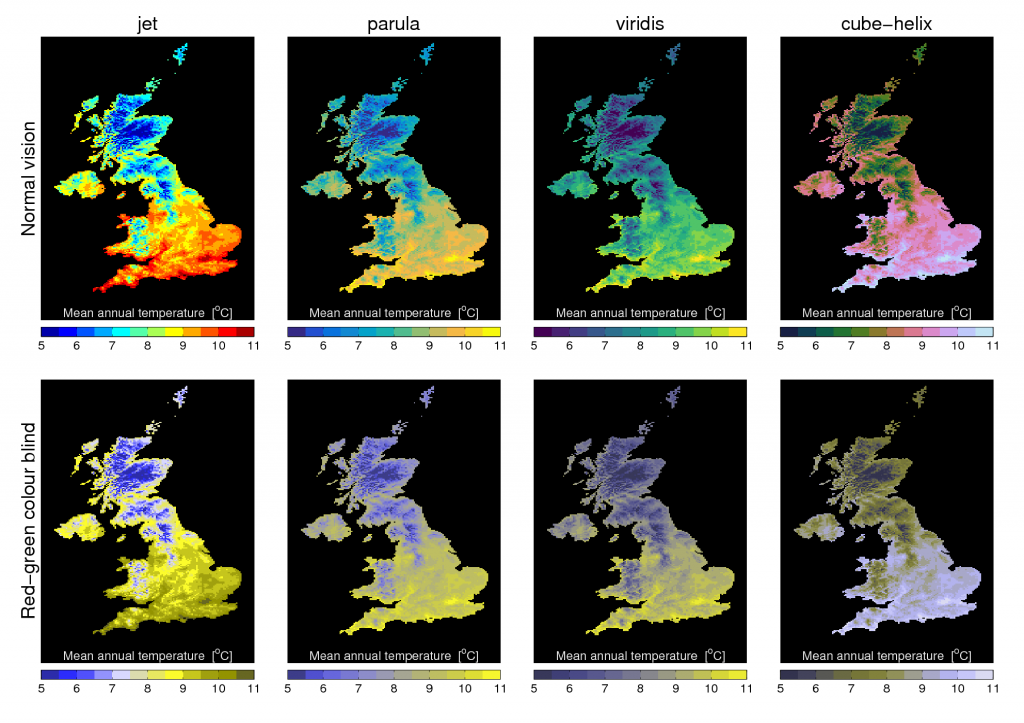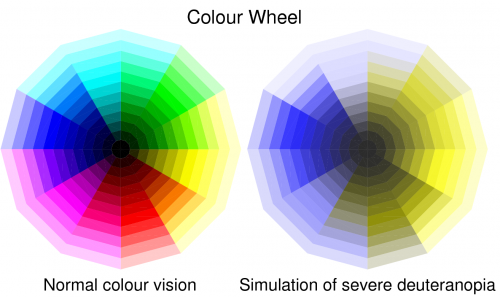The Earth hasn’t always been struggling with global warming. Around 34 million years ago at the Eocene-Oligocene Transition (EOT) the Earth was undergoing a period of global cooling. This significant shift in climate led to the formation of the first permanent ice sheets of the Cenozoic Era over Antarctica, as shown by the dramatic shift (in a geologic sense) in the oxygen isotope records [1]. The cooling, likely a result of declining atmospheric carbon dioxide levels but potentially also coinciding with Southern Ocean gateway changes, turned Antarctica from a green forested continent to the land of ice we know today. This is illustrated with an image of how this world might have looked.
Guest post by Alan Kennedy, University of Bristol Continue reading A world before ice


